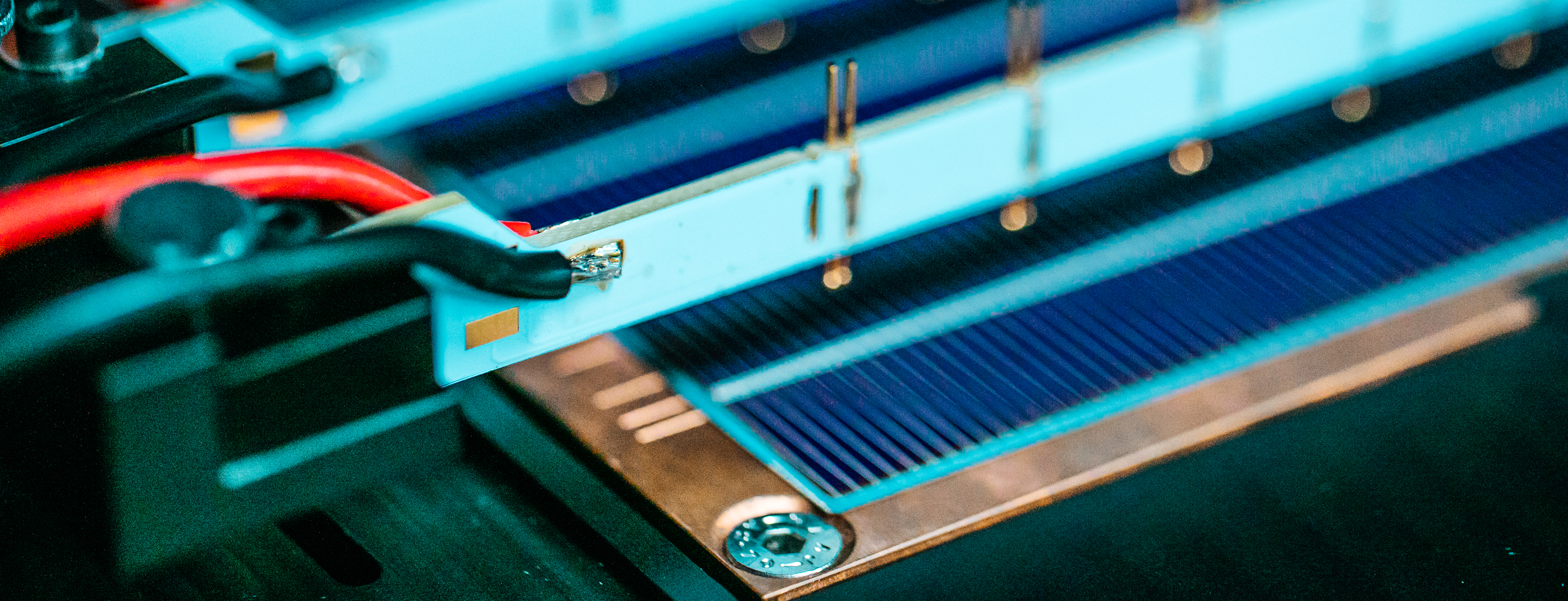Abstract
To increase power output and cost effectiveness, the solar industry is rapidly adopting more efficient silicon-based photovoltaic technologies such as passivating-contact solar cells, bifacial cells and modules, and larger module formats. These innovations have driven the transition from glass-backsheet to glass-glass encapsulation, enabling rear-side light capture while enhancing reliability by more effectively protecting solar cells from moisture ingress. However, cost pressure and the increased weight of large glass–glass modules are prompting manufacturers to reduce glass thickness, which increases the risk for field failures due to glass breakage. Additionally, glass weight limits the range of applications of photovoltaic panels. These challenges motivate the development of new packaging materials. Replacing glass with polymeric materials can reduce weight, avoid glass breakage, and unlock new applications where low weight is a key requirement, such as building-integrated and vehicle-integrated photovoltaics. Among polymer-based candidates, polycarbonates stand out for their unique combination of low weight, mechanical strength, broadband optical transparency, and thermal resistance. This article reviews recent academic and industrial advances, discusses challenges, and elaborates strategies toward glass-free photovoltaic modules, with a focus on polycarbonate sheets. Industrial prototypes leveraging polycarbonate-based packaging are also discussed, demonstrating potential for applications requiring lightweight photovoltaic modules.
Keywords
Light Weight Photovoltaics
Polycarbonate sheets
building intergrated photovoltaics
Vehicle integarted photovoltaics

